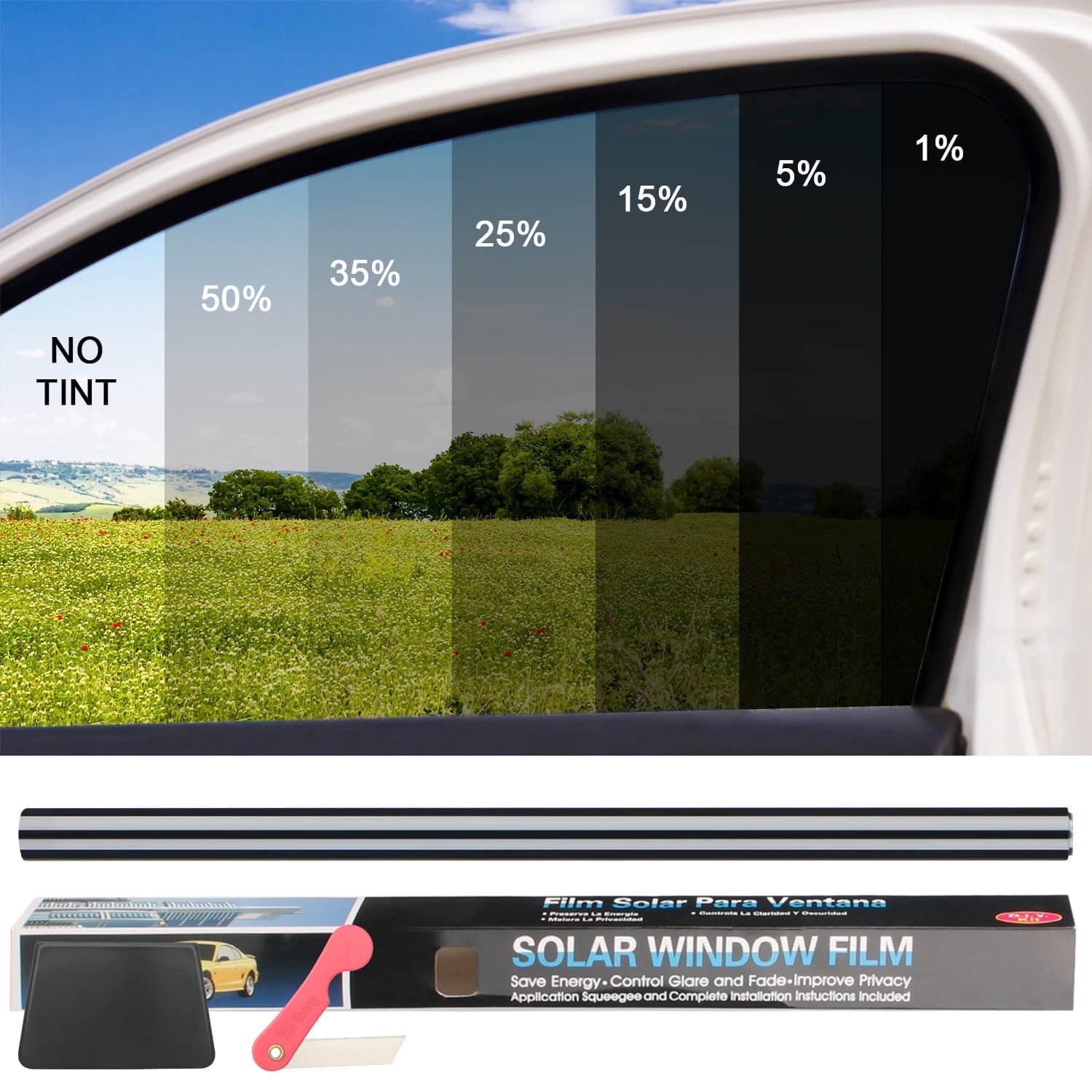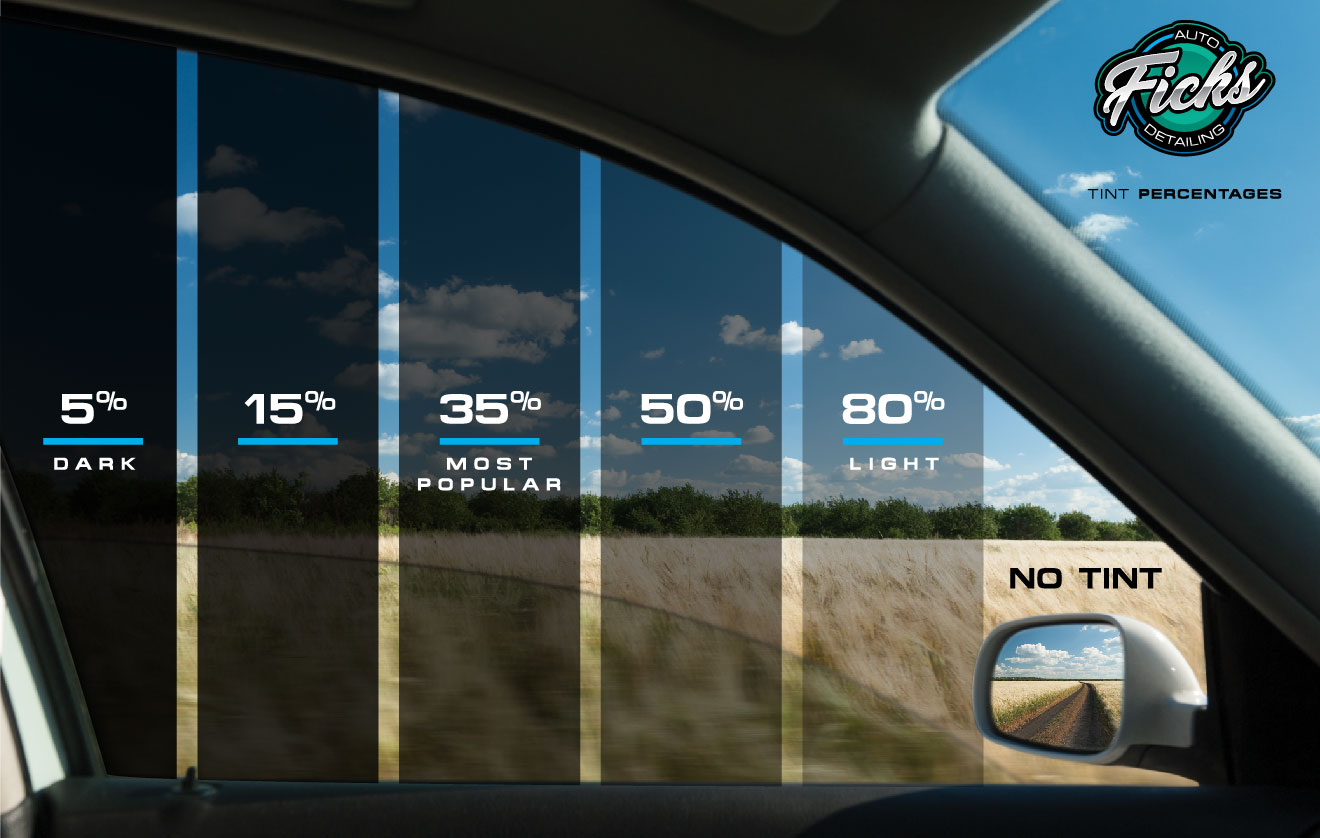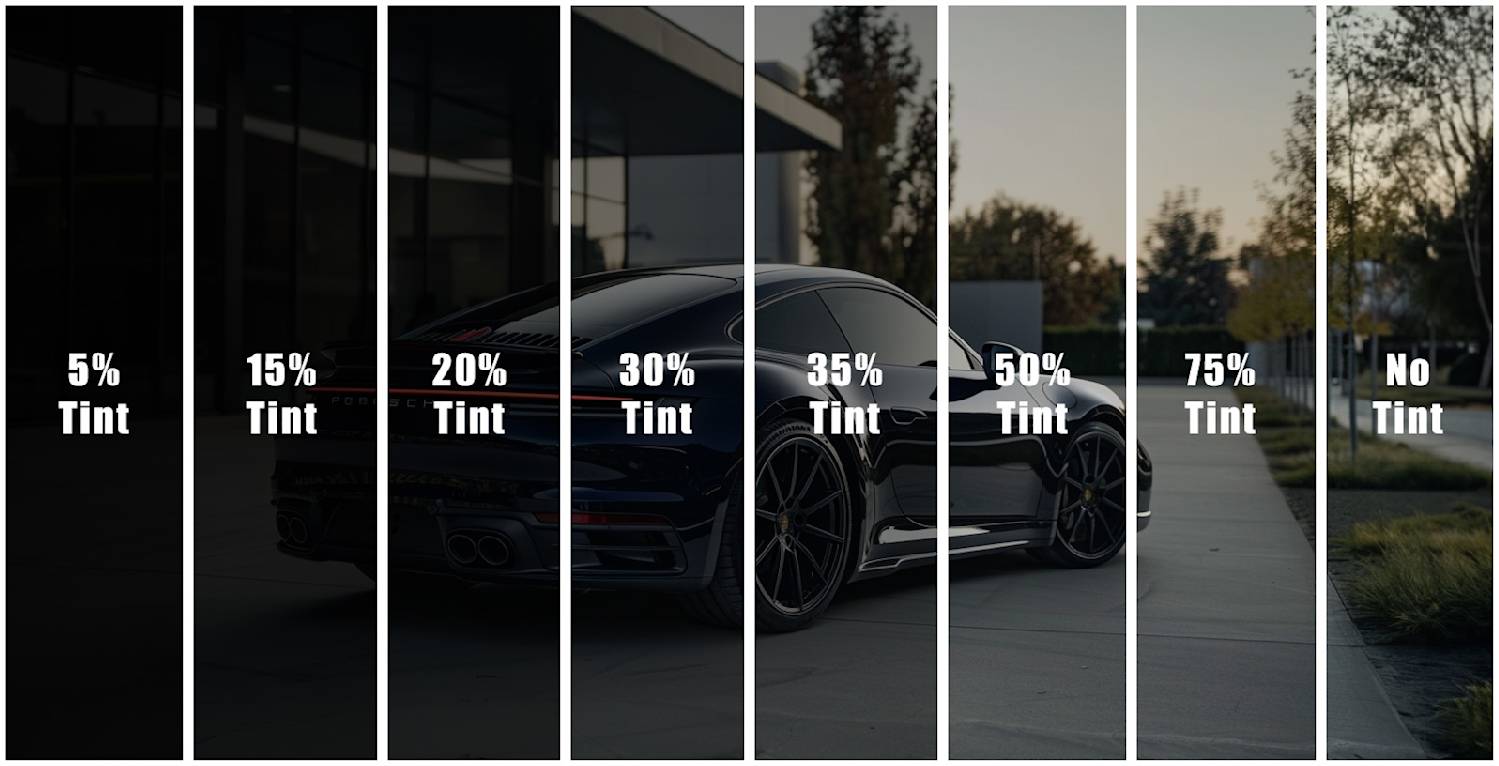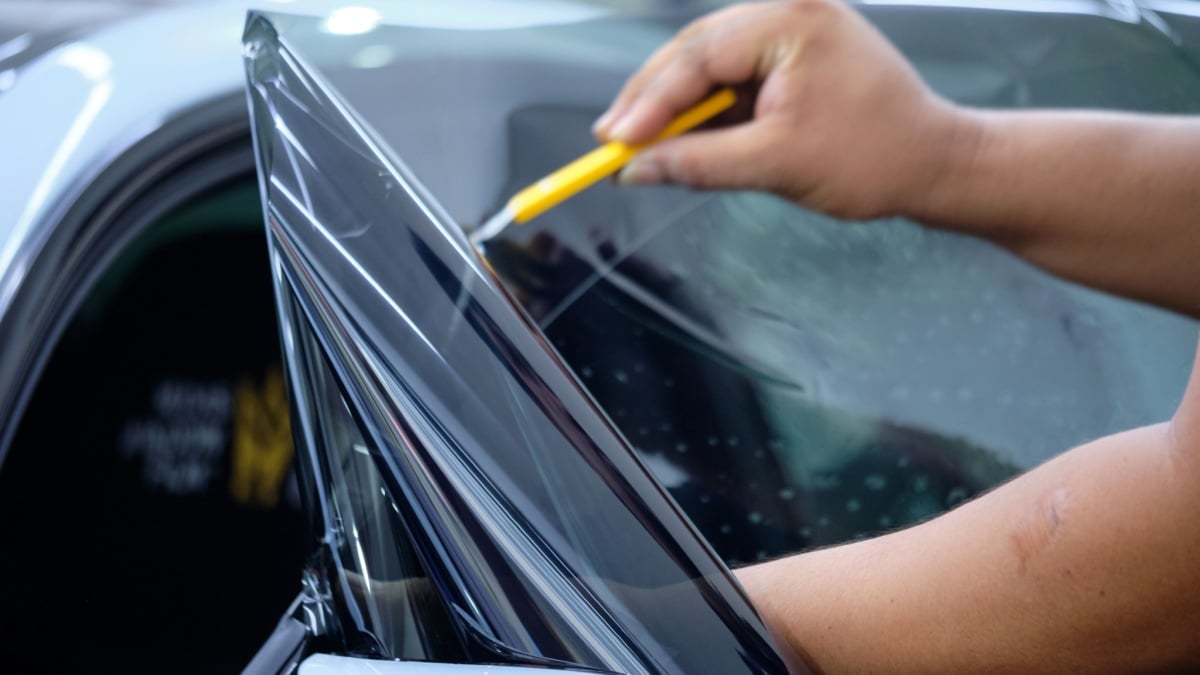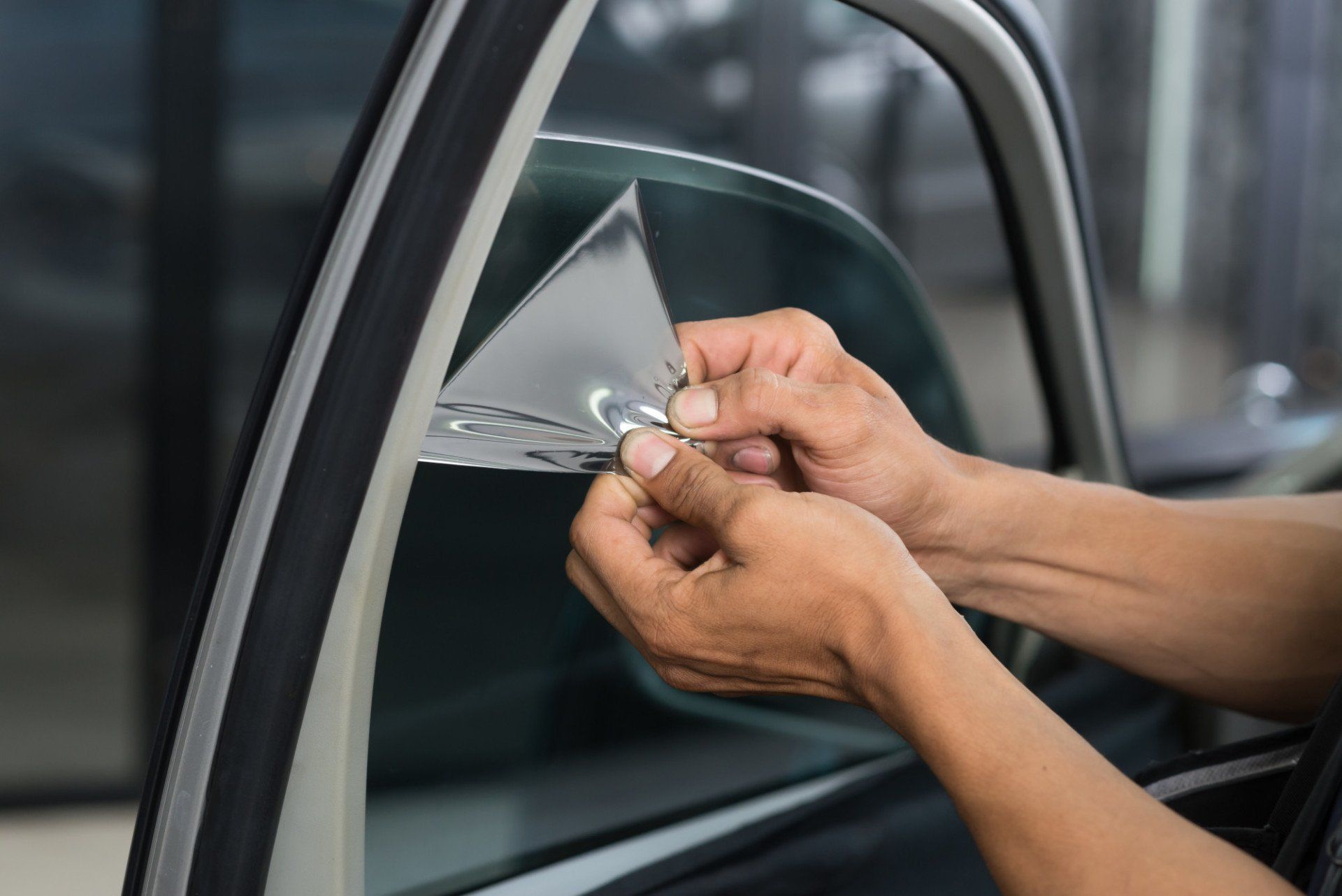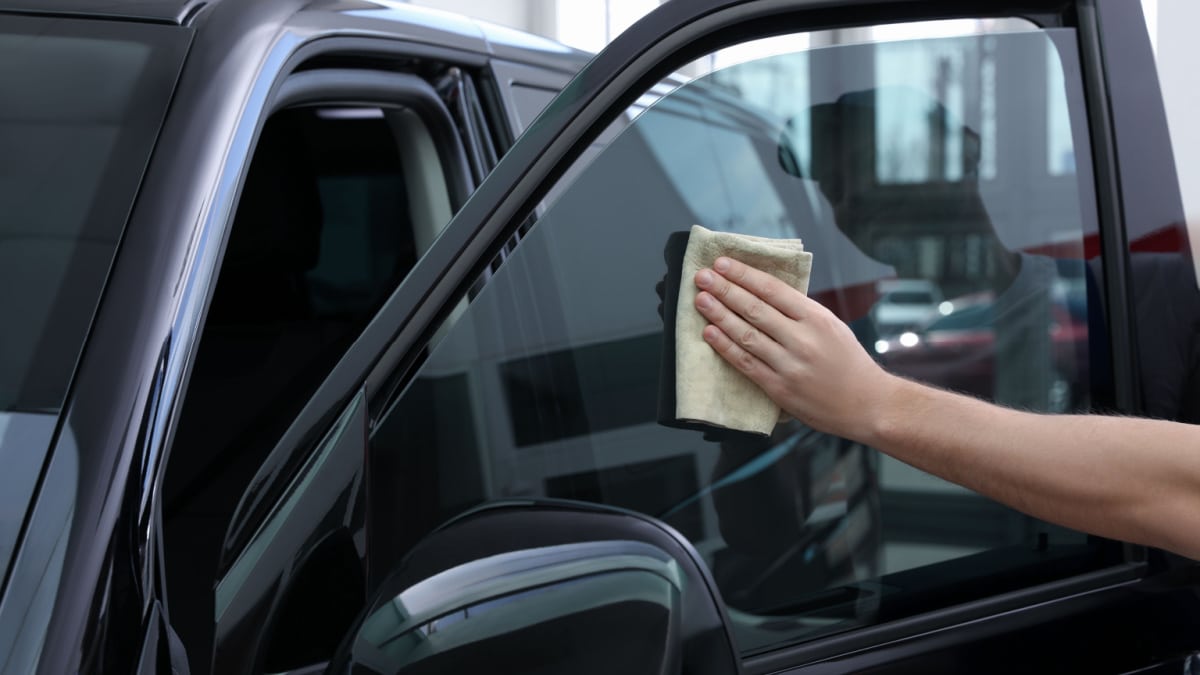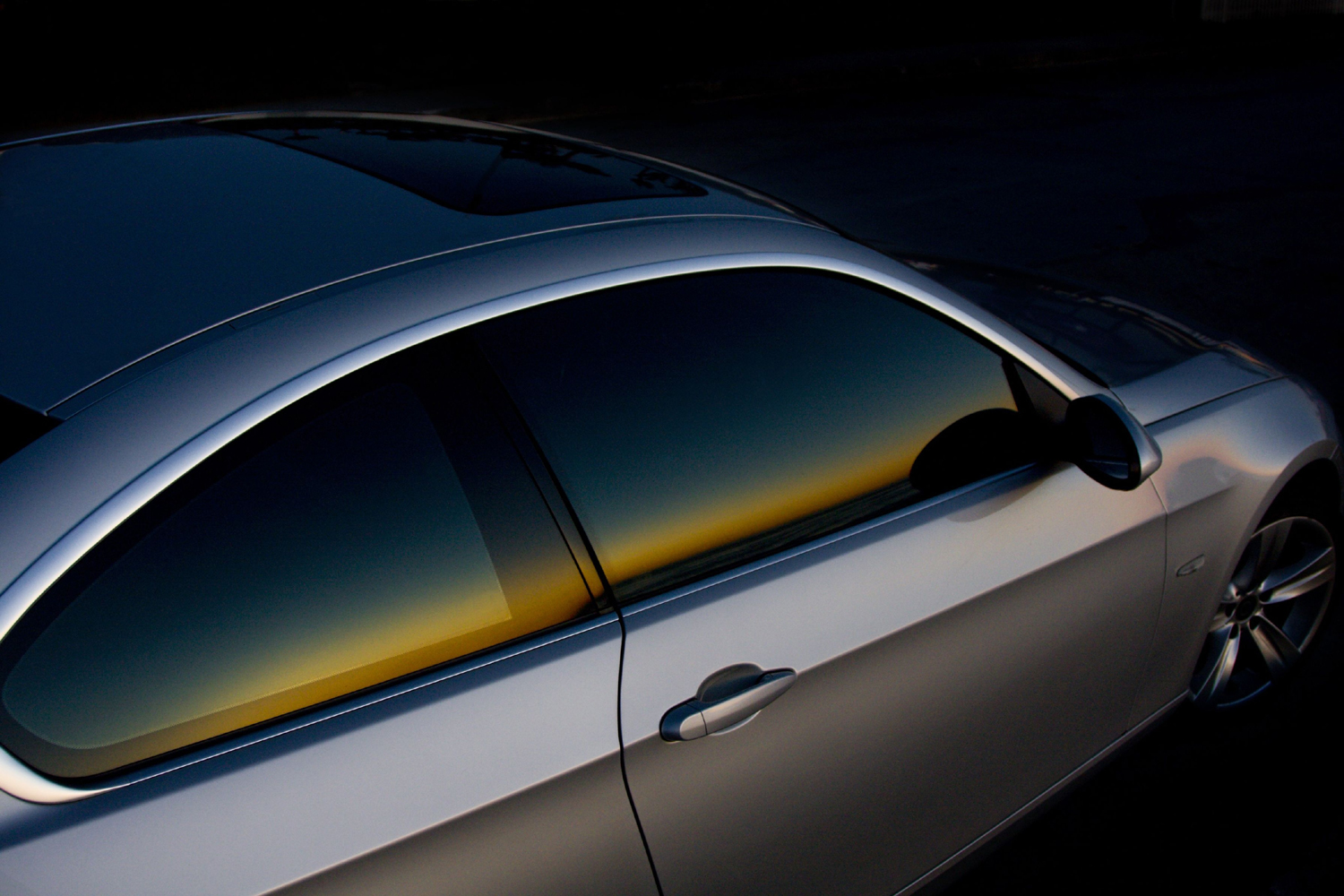What Is The Best Auto Window Tint

Imagine cruising down a sun-drenched highway, the world outside a vibrant blur of colors. But instead of squinting against the glare and feeling the burn of UV rays on your skin, you're basking in a cool, comfortable oasis, the interior of your car a sanctuary of calm. That's the promise of auto window tinting, a simple yet transformative upgrade that's about much more than just aesthetics.
Choosing the "best" auto window tint boils down to understanding your specific needs, budget, and local regulations. This article explores the different types of window tint available, delving into their benefits, drawbacks, and factors to consider when making your choice, so you can transform your driving experience into a cooler, more comfortable, and stylish journey.
A History of Shady Business (The Good Kind!)
The concept of window tinting has been around for quite some time. Early applications were primarily focused on privacy and heat reduction in buildings. However, the automotive industry quickly recognized its potential.
In the early days, window tinting was often achieved through simple dyes applied to the glass. These early films were prone to fading, bubbling, and offering limited UV protection. Thankfully, technology has advanced considerably.
The Modern Tint Landscape: A Spectrum of Choices
Today's auto window tint market offers a wide array of options, each with unique characteristics and advantages. Understanding these differences is key to making an informed decision.
Dyed Window Tint: The Budget-Friendly Option
Dyed window tint is the most economical option. It works by incorporating dyes into the film. While it offers some glare reduction and aesthetic enhancement, it provides minimal heat rejection and UV protection.
Over time, dyed tints are also susceptible to fading and discoloration, especially in hot climates.
Metalized Window Tint: Reflecting the Heat
Metalized window tint contains tiny metallic particles that reflect heat away from the car. This provides better heat rejection than dyed tints.
It is also more durable and scratch-resistant. However, the metallic particles can sometimes interfere with electronic signals, such as GPS and radio reception.
Carbon Window Tint: A Balance of Performance and Style
Carbon window tint utilizes carbon particles to block heat. It offers excellent heat rejection without interfering with electronic signals.
Carbon tints are also known for their matte finish, which many find aesthetically pleasing. They tend to be more expensive than dyed or metalized tints.
Ceramic Window Tint: The Gold Standard
Ceramic window tint is the highest-performing option available. It uses ceramic nanoparticles to block a significant amount of heat, UV rays, and infrared light.
Ceramic tints offer superior clarity and durability, and they do not interfere with electronic signals. They are the most expensive option, but many consider the investment worthwhile.
Crystalline Window Tint: The Invisible Shield
Crystalline tints are designed to offer high levels of heat rejection with minimal darkening of the glass. They are virtually clear, making them a good choice for those who want the benefits of tint without a noticeable change in appearance.
This type of tint often utilizes multi-layer optical film technology to achieve its performance. Like ceramic tints, crystalline tints are typically a premium option.
Understanding the Numbers: VLT and More
When choosing a window tint, you'll encounter terms like VLT (Visible Light Transmission). VLT refers to the percentage of visible light that passes through the tinted window.
A lower VLT means a darker tint. For example, a 5% VLT tint allows only 5% of visible light to pass through, resulting in a very dark appearance.
Understanding UV rejection is also crucial, as this protects your skin and the car's interior from sun damage. Reputable brands will provide data sheets outlining the performance specifications of their films.
Legality Matters: Navigating Tint Laws
Window tint laws vary from state to state and even sometimes by vehicle type. These laws typically specify the minimum VLT allowed on different windows of the car.
Before getting your windows tinted, research your local regulations to ensure compliance. Using a tint that is too dark can result in fines or even the need to remove the tint.
Reputable tint shops will be knowledgeable about local laws and can help you choose a tint that meets the requirements.
The Installation Process: A Crucial Step
Even the highest-quality window tint will perform poorly if not installed correctly. Professional installation is essential to ensure a smooth, bubble-free finish and optimal performance.
Experienced installers will properly clean and prepare the glass before applying the tint. They will also use specialized tools to ensure a precise and seamless application. Look for shops with certified installers and positive reviews.
Ask about the shop's warranty policy. A good warranty will protect you against defects in materials or workmanship.
Beyond the Benefits: Aesthetics and More
While heat rejection and UV protection are the primary benefits of window tinting, it also offers several other advantages. Tinted windows can enhance the appearance of your car, giving it a sleek and stylish look.
It also provides added privacy, making it more difficult for others to see inside your vehicle. This can deter theft and protect your belongings.
Window tint can also help reduce glare from headlights and sunlight, improving visibility and making driving safer.
Making the Right Choice: A Personalized Decision
The "best" auto window tint is subjective and depends on your individual needs and preferences. Consider your budget, the climate you live in, and your desired level of privacy and heat rejection.
If you prioritize heat rejection above all else and are willing to invest more, ceramic or crystalline tints are excellent choices. If you're on a budget, dyed or metalized tints can provide some benefits.
Don't hesitate to consult with experienced tint professionals. They can assess your needs and recommend the best option for your vehicle.
The Road Ahead: Embracing Comfort and Style
Auto window tinting is more than just a cosmetic upgrade. It's an investment in comfort, safety, and the long-term preservation of your vehicle's interior.
By understanding the different types of tint available and considering your individual needs, you can make an informed decision and transform your driving experience.
So, embrace the shade, protect yourself from the sun's harmful rays, and enjoy the open road in cool, comfortable style. It’s a decision that can make every drive a little bit brighter, and a lot more comfortable.

